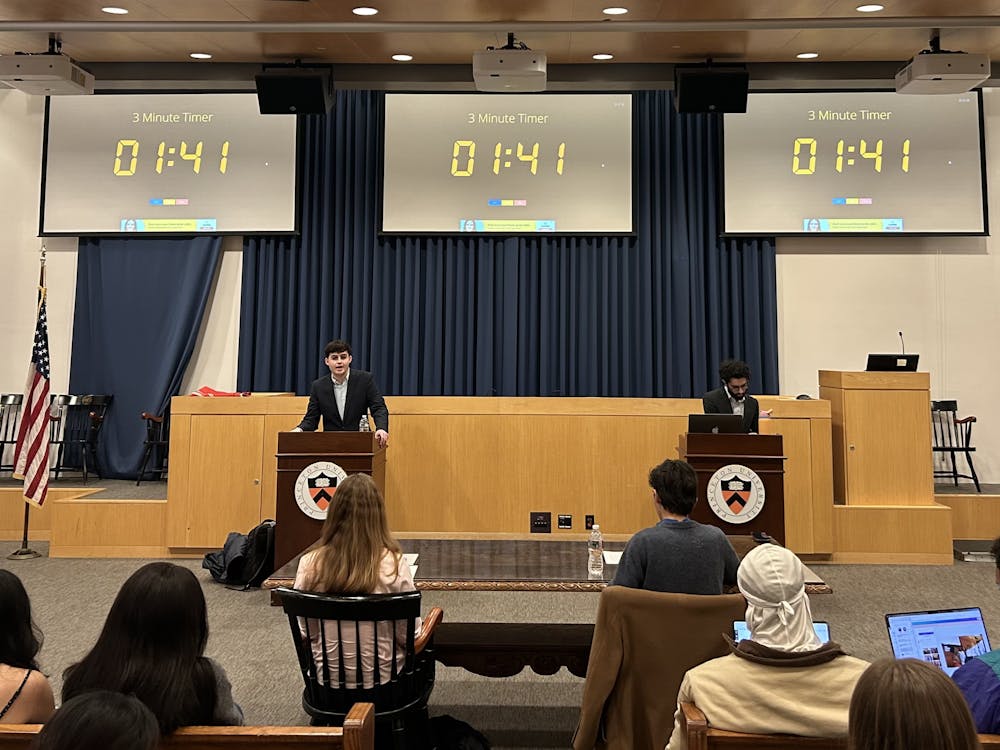The end of grade deflation was initially met with delight, then with some skepticism and finally — as with all things unclear and undefined — with confusion. Here is a look at some questions contributing to the confusion:
1) Is no grade deflation synonymous with grade inflation?
When the policy was introduced in 2004, it was hoped that peer institutions would follow suit. There has been great scrutiny over the ‘inflation’ of grades at Harvard and Yale recently, which raises the following question: Will the repeal bring us closer to the situations at Harvard or Yale, or will grades reflect a new, not-deflated-but-also-not-inflated model? If so, what would that entail for grading rubrics, or for the percentage of A-grades given out?
2) How much power and influence will departments have in establishing their grade standards?
Now that grade deflation is gone, departments have been entrusted with establishing malleable and non-uniform grading standards. It should be interesting to see how much control they really have over this, especially if some departments want to retain grade deflation standards. What “repealing grade deflation” would mean in that case is that the University won’t enforce deflation, but specific departments may very well do so. In that case, deflation, or the 35-percent threshold, may remain, and things may not change much in practice.
The Daily Princetonian'sreportmentions the substitution of “old numerical targets” with “grading standards developed by each department.” This is a problematic statement, because numerical targets are not mutually exclusive with department-specific standards. It is hardly revolutionary for a University-wide cutoff target to be replaced by similar targets established by every department.
3) Will there be a disparity between departments? If so, will that be checked?
Going off the last question, now that departments seemingly have more authority on grading rubrics, will there be a disparity between grades awarded across departments? Will there be a schism between science, technology, engineering, mathand other disciplines? If so, how will the University maintain consistency? After all, the 35 percent guideline itself was meant to induce consistency. Clearly, there needs to be much more thought given to how this consistency will be achieved now, because that is crucial to the success of the repeal.

4) What is a “meaningful” grading standard, and how is greater faculty feedback mutually exclusive with grade deflation?
A puzzling aspect of the repeal is the apparent replacement of grade deflation with a more “meaningful” standard. In and of itself, this statement does not mean anything at all. Every grading system tries to be “meaningful.” Again, grade deflation was itself introduced to make grading at the University more meaningful. The real issue is discovering ways to bring this change.
Moreover, there will now be a greater emphasis on increased feedback from faculty members. While this is a good initiative, it remains to be seen how it replaces grade deflation. Surely, greater feedback can and should coexist with grading rubrics, and should be independent of how strict grading is.
5) How will the Classes of 2015, 2016 and 2017 be affected?

There is no better time to be a freshman. For better or worse, grade deflation is gone, so the Class of 2018 will be subject to a (supposedly) uniform grading criterion for all four years. How will the other classes be affected? The University has announced that a letter explaining Princeton’s grade deflation policy will accompany the transcripts of the members of these classes, with an additional note reporting that the policy has now been repealed. But what does that mean? Grade deflation primarily impacts introductory-level courses, which most juniors and seniors and a significant number of sophomores are beyond. In that sense, they have already suffered the worst of grade deflation, without qualifying for the letter to potential employers and graduate programs. Will the end of grade deflation harm the prospects of members of these classes, rather than benefiting them?
6) Can this be the instigator for further changes?
In the past month, the University has remodeled its mechanism to deal with sexual harassment and assault (granted, it was in reaction to federal pressures), and grade deflation, two highly controversial facets of life at Princeton until now. However, there are other potential areas that require a rethink too, ranging from a restructure of mental health procedures, to revising the preceptorial system, to perhaps even rethinking the timing of winter break. If grade deflation can be ‘fixed’, so can these things, and perhaps the biggest triumph of this repeal will be the empowering of the University community to discuss more critically other areas of concern and perhaps revamp them as well.
6.5) Never mind everything else, now that grade deflation is gone, what excuse do we now use to defend our GPAs?
Ali Akram Hayat is a philosophy major from Lahore, Pakistan. He can be reached at ahayat@princeton.edu.







